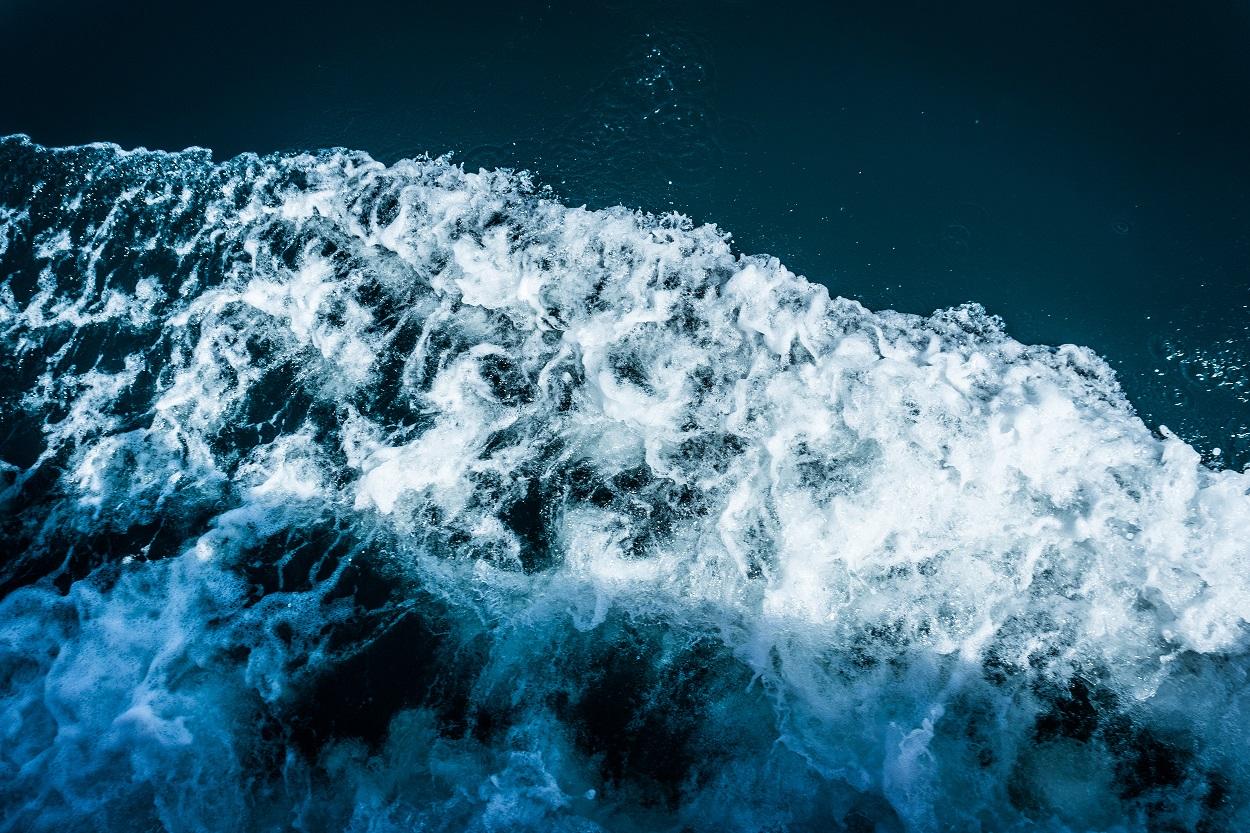
The new decade brings us ever closer to the UK’s 2050 target of net-zero greenhouse emissions. 2017 saw total renewable energy consumption reach more than 10% for the first time.
While renewable wind power remains a popular choice in the UK, tidal energy runs on the same premise, and the benefits are far-reaching. Although the popularity of tidal power is low, the attractiveness of this form of energy is high. Developments are currently underway to take this form of renewable energy to the next level.
Tidal energy
The UK is viewed to be the world leader in the development of tidal energy technologies.
Tidal energy is a form of hydropower that involves harnessing the potential energy created during tide changes to generate electricity. This method of power generation causes zero direct greenhouse emissions; however, the environmental impact of tidal energy is yet to be confirmed.
How does tidal energy work?
Tides are generated by the gravitational forces of both the sun and moon, as well as the rotation of the earth. With two tidal changes per day, the natural rise and fall of the water activate a turbine that is connected to a generator, producing electricity.
There are multiple technologies available to generate electricity through tidal power; the most popular choices are barrages, fences and turbines.
Tidal barrages
Barrages are the most efficient sources for tidal energy. Essentially a dam, the machine harnesses the potential energy that is caused by the changing tide-heights and uses this to either activate a turbine or compress air, resulting in the generation of electricity.
Tidal turbines
Tidal turbines take the same shape as wind turbines. As the blades rotate, the energy created by the rise and fall of the tides travels to a generator, producing electricity.
Tidal fences
Tidal fences are very similar to tidal turbines, except that they act more like a turnstile rather than being the shape of a wind turbine. It still generates electricity in the same way.
Is tidal energy renewable?
The tides are controlled by the sun, moon and rotation of the earth, making them an almost unlimited, as well as a completely renewable, resource. The technology utilised to generate electricity from the tides doesn’t emit greenhouse gases, making them an attractive option in light of the 2050 target.
Tidal energy advantages and disadvantages
From the predictability of the tides, through to the potentially negative environmental impact, there are pros and cons to the uptake of tidal energy.
Advantages of tidal energy
Tidal energy is a renewable resource
As previously mentioned, wave energy is a renewable resource as it is almost impossible to deplete the natural process that controls the tides. In addition, operation does not emit any greenhouse gases; making it a clean option for energy generation.
This form of electricity generation is extremely predictable
Tide cycles are as regular as clockwork, making it easy to predict the opportune time for energy generation. In addition to the timing of the tides, the potential energy is also consistent.
This predictability is what makes tidal energy a better option than wind power, at least in this respect, as wind currents are far less dependable.
The longevity of tidal energy machinery
The lifespan of a tidal energy plant is estimated to be between 75 and 100 years, which exceeds the expected lifespan of a nuclear power plant. Additionally, the costs associated with running and maintaining a tidal energy plant are low.
Disadvantages of tidal energy
The environmental consequences of tidal energy are unknown
While we do know that tidal energy generation does not emit greenhouse gases, there has not been enough research into the environmental consequences of running a plant.
EMF emissions may be problematic
Similar to the above, more research needs to be done to understand the impact electromagnetic emissions (EMF) has on marine life. Currently, we know that the following species are susceptible to
- Sharks
- Rays
- Skates
- Crustaceans
- Dolphins
- Wales
- Marine turtles
- Bony fish
While we should always try to harness renewable sources of energy, our efforts to conserve the planet mustn't harm our wildlife.
Construction costs are high
While the maintenance and running costs of tidal energy plants are low, the upfront construction costs are high, making investing in the technology risky when you consider the difficulties surrounding construction, such as:
- Installation in moving water
- Technical knowledge required is more expensive than those involved in wind or solar farms
- Tidal projects tend to exceed allocated budgets
With the potential to meet as much as 20% of the energy demand currently in the UK, and the development of tidal technologies ever-advancing; wave power has the potential to become a considerable resource.
















